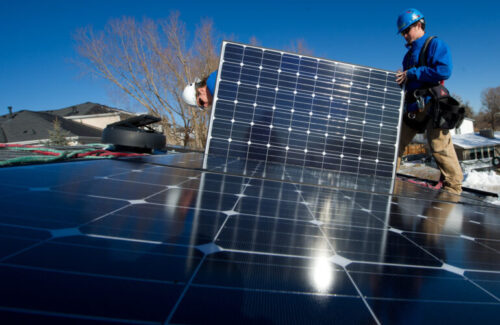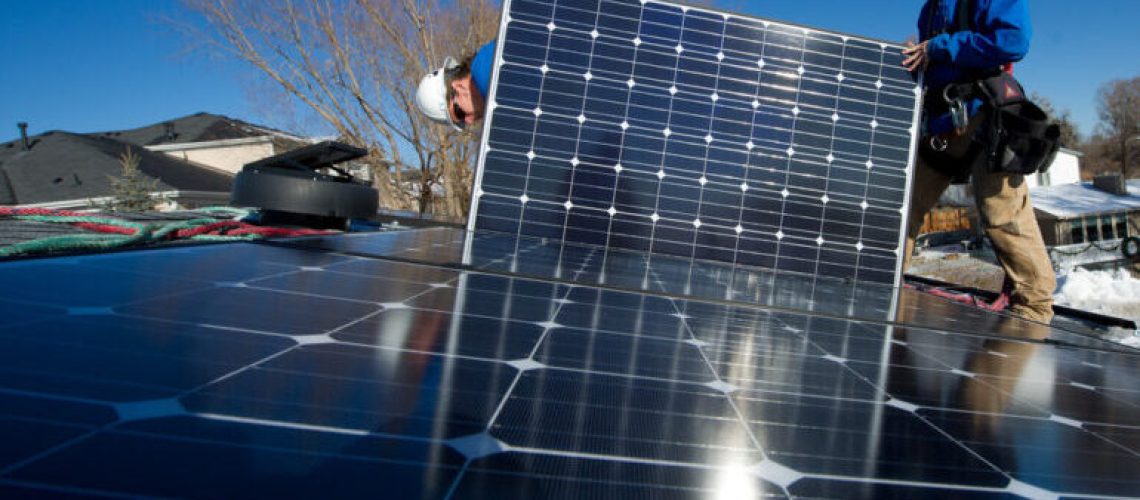After a disappointing 2022, the U.S. solar industry expects to close 2023 with phenomenal installation numbers — 32 GW of new solar capacity is expected to come online in 2023, a 52% increase from 2022. This is according to the “U.S. Solar Market Insight Q3 2023” report released today by SEIA and Wood Mackenzie.

Credit: Dennis Schroeder/NREL
This will be the first time the U.S. industry has installed more than 30 GW in a year, marking 2023 as the biggest year for solar ever.
The solar market has been hampered in recent years by supply chain challenges brought on by the COVID-19 pandemic and exacerbated by restrictive trade policy. These challenges are beginning to abate, and as policies in the Inflation Reduction Act (IRA) take hold, Wood Mackenzie expects total operating solar capacity to grow from 153 GW today to 375 GW by 2028.
“The United States is now a dominant player in the global clean energy economy, and states like Florida, Texas, Ohio, and Georgia are at the forefront of this job growth and economic prosperity,” said SEIA president and CEO Abigail Ross Hopper. “The solar and storage industry is delivering abundant clean energy that is generating tens of billions of dollars of private investment, and this is just the tip of the iceberg.”
Looking at 2023 so far, the utility-scale and residential solar markets led the way with new capacity additions in Q2, growing by 3.3 GW and 1.8 GW, respectively. This marks the largest quarter of growth for the residential solar market in history as customers in California rushed to install solar before changes to net metering rules took effect.
The commercial solar market declined in Q2 primarily due to project interconnection backlogs and a hesitancy to move forward with projects before having full clarity on the IRA’s tax credit adders. Despite these challenges, increasing energy prices in certain states is driving demand in the commercial solar market, and the sector is expected to grow by 11% in 2023.
Florida continues to dominate the 2023 state solar rankings, installing 2.5 GW of new capacity in the first half of this year. This is 52% more than the next highest state of California, and already more solar capacity than Florida has ever installed in a single year.
News item from SEIA





